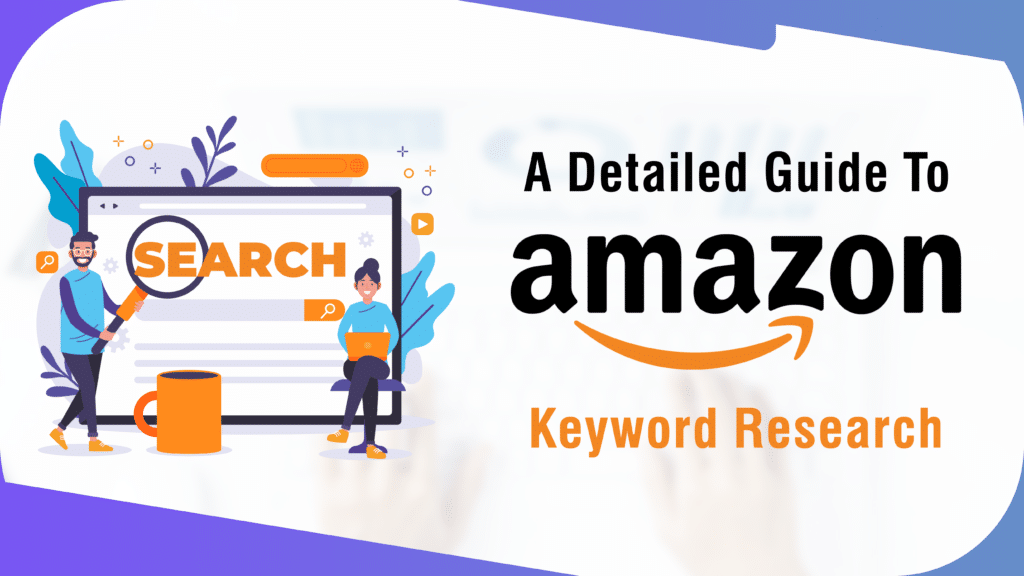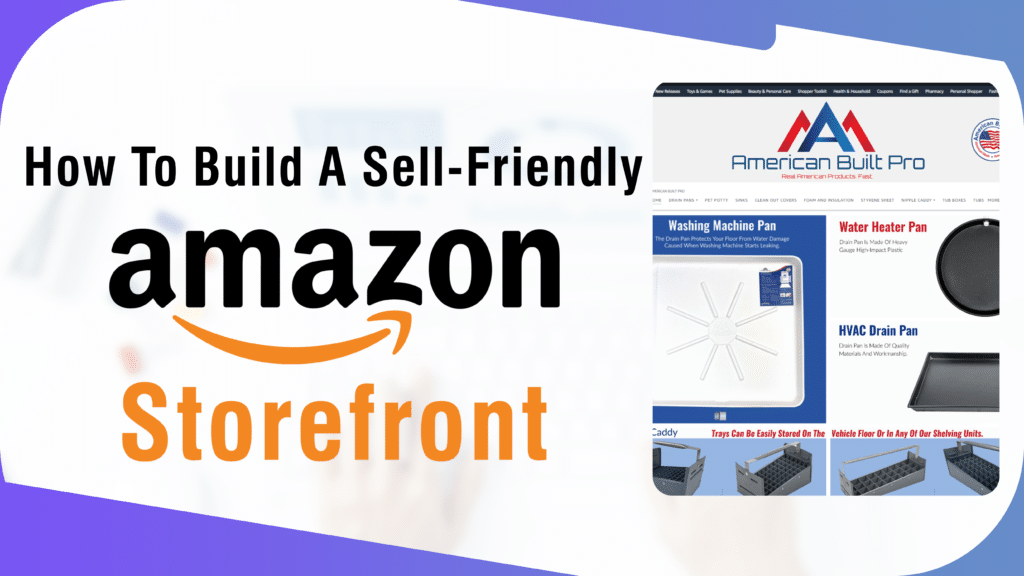In the fiercely competitive e-commerce landscape, Amazon stands out as a titan. With millions of sellers vying for customer attention, the key to success lies not just in having great products with competitive pricing but also in optimizing your Amazon listings effectively. In this blog, we at Big Internet Ecommerce will delve into how to effectively execute Amazon listing optimization and its effect on boosting your conversion rates on the platform. Before we look at how to check your conversion rate on Amazon, you should know that tracking conversion rates can help you in many ways, some being: Keeping track of the conversion rate before and after the campaign helps you assess the success of the campaign. When A/B testing with listing optimizations, you can conclude which content reels more conversions. To figure out your performance of ad campaigns. Checking conversion rate You can internally calculate the conversation rate using the following formula: Total Number of Orders / Total Number of Product Listing Sessions = Conversion Rate Here is the step-by-step guide to check the conversion rate for your products individually. In Seller Central, navigate to the “Reports” tab and click on “Business Reports.” On the left-hand side, under ASINS, you will see the reports menu with a few options. Click on “Detail Page Sales and Traffic By Child Item. This report showcases the sales data for each item you sell on Amazon, including total sessions, page views, units ordered, product sales, and your conversion rate. Your conversion rate percentage is labeled as ‘Unit Session Percentage’. Understanding Amazon Listing Optimization Amazon listing optimization fine-tuns various product listing elements to ensure maximum visibility, relevance, and appeal to potential customers. Optimizing product titles, descriptions, images, keywords, pricing, and other factors improves search rankings and drives more conversions. Out of all of these, Keywords are pivotal in acing your Amazon game. This is all the more reason to take your time to thoroughly do your keyword research. There are multiple tools in the market for this, but we at Big Internet E-commerce rely on the Data Dive tool and Helium 10. How we do keyword research for our client’s listings During our keyword research, we must create a Master keyword list (MKL) using both the Data Dive Tool and Helium 10. Let’s look at how we do it: Creating MKL using Helium 10 Requirements: Helium 10 account and extension from Google Chrome extensions. You will have your search results page after searching for your seed keyword on Amazon. Click on your Helium 10 extension to see the following options. Choosing ASIN Grabber will give you an analysis of the SERP from which you can select the competitor products sorted by BSR(Best Seller Rank). After sorting by BSR, monitor the reviews for each ASIN. More reviews generally mean that an ASIN ranks for numerous keywords. Select and copy 10 ASINs with high reviews, low BSR, and highly relevant to your product. Hover on the Product title or jump to the listing page to make sure the ASIN is similar to the product you are offering as well. Keyword Research Using Cerebro Cerebro is a tool in Helium 10 that helps you select competing products and extract the keywords from them. You can select up to 10 ASINs to run Cerebro; if you select more than that, the ‘Run Cerebro’ button will be disabled, and you cannot continue. However, if you have more than ten competitors that you would like to include in your keyword research, then just run Cerebro twice and combine the keywords in a spreadsheet. Use the above filters to find the best keywords for your listings. Sort the list by Search Volume or Keyword sales. Unfortunately, the most challenging job with Helium 10 tools like Cerebro and Magnet is sorting; you have to do it manually. You may export the data to a spreadsheet and use filters to filter out phrases, words, or any other way you wish. Keyword Research Using Magnet Magnet is another tool from Helium 10. Unlike Cerebro, which uses competitors to get our keywords, Magnet works a bit differently. Remember the broad keyword we used to run the ASIN grabber and later ran the Cerebro with it? Well, here, we will use the same broad keyword to get similar keywords in the niche. Just like we did for Cerebro, you can use similar filters like this or play with it yourself to determine what works for you. And just like in Cerebro, sort the results and create your MKL. Creating MKL using the Data Dive Tool Requirements: Data dive account and extension from Google Chrome Extensions. Even though Data Dive isn’t as well-known a tool as Helium 10, it is one of our go-to keyword research tools. At Big Internet E-commerce, we prefer to use Data Dive for its versatile use cases. Like; Inbuild filters for branded keyword exclusion. Keyword Strength is between 0 and 10, 10 being the highest difficulty to rank for. Outlier Keywords The MKL generated through the Data Dive tool somewhat follows the same procedure as Helium 10’s Cerebro. Both require competing ASINs to create MKL. This method is an excellent approach as it’s much easier than finding keywords through the broad match in the Helium 10 magnet or any other way. The extension is shown in action in the picture above. In the Actions menu, the tool has an input box called the ASIN tray where you can add the ASINs of your competitors. If you click on the ASIN tray, you will see all the ASINs you have added up until then. You can add up to 10 ASINs to do a niche dive. Anything more than that will result in the Dive button being disabled. After selecting up to 10 ASINs, you have to create a niche or select one already made and add the ASINs to the list. After doing a Niche dive, you will be redirected to the MKL interface, where you can











